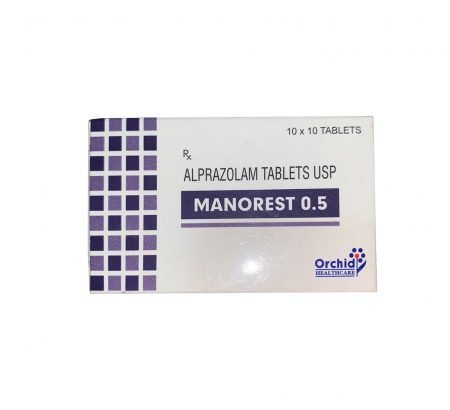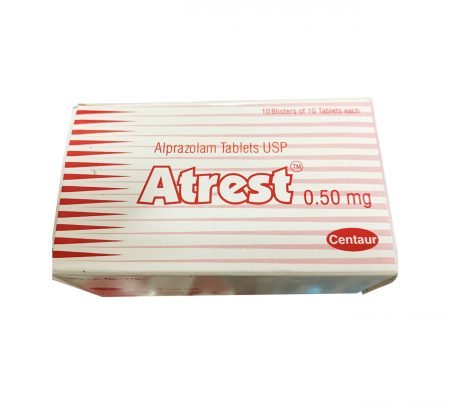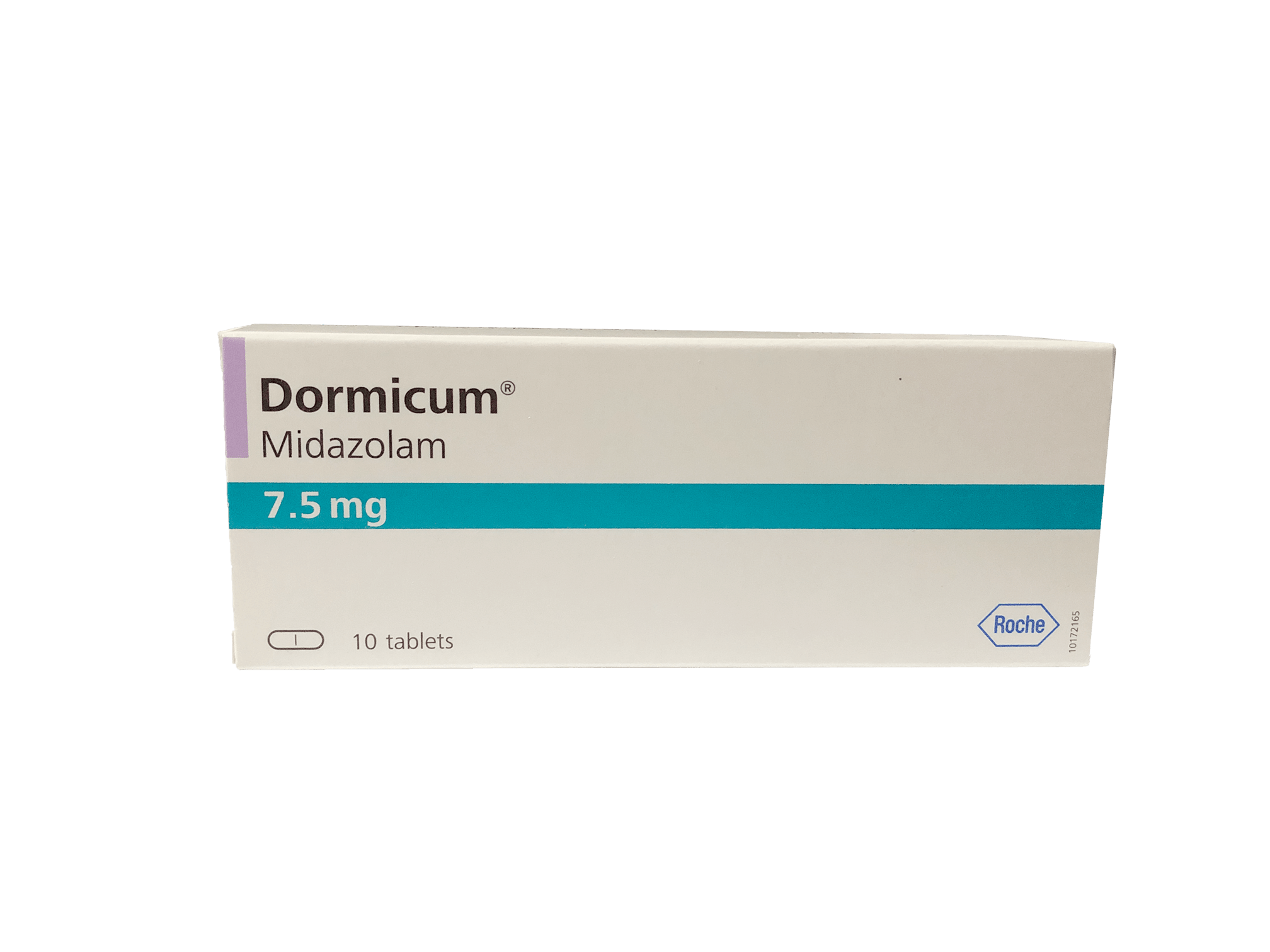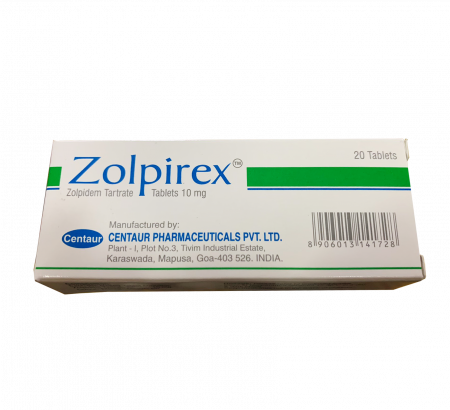- You cannot add "lexotanil bromazepam 3mg 30 Tablets (anxiety) Sleeping aids by Roche" to the cart because the product is out of stock.
Rivotril Clonazepam(Klonopin) 2mg by Roche 30 Tablets For Anxiety ,Panic Attacks & Seizures
45.35$
Out of stock
Compare
Description
Rivotril Clonazepam 2mg (Klonopin) 30 Tablets by Roche
Guarantee my Products are Original! Sealed!
Expiry date – Above 1 year
Delivery can take up to 20-30 days depending on your region, territory.
Warning: Please read the proper guidelines and instructions in the leaflet for dosage requirements.
Use for:
Clonazepam is used to prevent and control seizures. This medication is known as an anticonvulsant or antiepileptic drug. It is also used to treat panic attacks. Clonazepam works by calming your brain and nerves. It belongs to a class of drugs called benzodiazepines.
Side Effects
Drowsiness, dizziness, tiredness, loss of coordination, or increased saliva production may occur. If any of these effects persist or worsen, tell your doctor or pharmacist promptly.
Remember that your doctor has prescribed this medication because he or she has judged that the benefit to you is greater than the risk of side effects. Many people using this medication do not have serious side effects.
A small number of people who take anticonvulsants for any condition (such as seizures, bipolar disorder, pain) may experience depression, suicidal thoughts/attempts, or other mental/mood problems. Tell your doctor right away if you or your family/caregiver notice any unusual/sudden changes in your mood, thoughts, or behavior, including: confusion, memory problems, signs of depression, suicidal thoughts/attempts, thoughts about harming yourself…
Precautions
Before taking clonazepam, tell your doctor or pharmacist if you are allergic to it; or to other benzodiazepines (such as diazepam, lorazepam); or if you have any other allergies. This product may contain inactive ingredients, which can cause allergic reactions or other problems. Talk to your pharmacist for more details.
Before using this medication, tell your doctor or pharmacist your medical history, especially of: a certain type of eye problem (narrow angle glaucoma), a certain blood disorder (porphyria), liver disease, kidney disease, lung/breathing problems, mental/mood problems (such as depression, thoughts of suicide), regular use/abuse of drugs/alcohol/other substances.
This drug may make you dizzy or drowsy. Do not drive, use machinery, or do any activity that requires alertness until you are sure you can perform such activities safely. Avoid alcoholic beverages…
Interactions
Drug interactions may change how your medications work or increase your risk for serious side effects. This document does not contain all possible drug interactions. Keep a list of all the products you use (including prescription/nonprescription drugs and herbal products) and share it with your doctor and pharmacist. Do not start, stop, or change the dosage of any medicines without your doctor’s approval.
Products that may interact with this drug include: sodium oxybate.
Tell your doctor or pharmacist if you are taking other products that cause drowsiness including alcohol, antihistamines (such as cetirizine, diphenhydramine), drugs for sleep or anxiety (such as alprazolam, diazepam, zolpidem), muscle relaxants, and narcotic pain relievers (such as codeine).
Check the labels on all your medicines (such as allergy or cough-and-cold products)…
Dosage
Usual Adult Dose for Seizure Prophylaxis
1.5 mg orally per day divided into 3 doses; this may be increased in increments of 0.5 mg to 1 mg every 3 days until seizures are adequately controlled or until side effects preclude any further increase.
Maximum dose: 20 mg orally per day
Comments:
-The use of multiple anticonvulsants may result in an increase of depressant adverse effects.
Use:
-Alone or as an adjunct in the treatment of the Lennox-Gastaut syndrome (petit mal variant), akinetic and myoclonic seizures
Usual Adult Dose for Panic Disorder
Initial dose: 0.25 mg orally 2 times per day
Maintenance dose: 1 mg orally per day
Maximum dose: 4 mg orally per day
Comments:
-An increase to the target dose for most patients of 1 mg/day may be made after 3 days.
-The dose may be increased in increments of 0.125 mg to 0.25 mg 2 times per day every 3 days until panic disorder is controlled or until side effects make further increases undesired.
-Administration of one dose at bedtime may be desired, to reduce the inconvenience of somnolence.
-Treatment should be discontinued gradually, with a decrease of 0.125 mg 2 times per day every 3 days, until the drug is completely withdrawn.
Use:
-Treatment of panic disorder, with or without agoraphobia
Usual Pediatric Dose for Seizure Prophylaxis
Up to 10 years of age or 30 kg of body weight:
0.01 mg/kg/day to 0.05 mg/kg/day orally administered in 2 or 3 divided doses
10 years or older or 30 kg and over:
See adult dosing
Comments:
-Dosage should be increased by no more than 0.25 mg to 0.5 mg every third day until the daily maintenance dose has been reached, unless seizures are controlled or side effects preclude further increase.
-Whenever possible, the daily dose should be divided into three equal doses.
-If doses are not equally divided, the largest dose should be given before retiring.
Use:
-Alone or as an adjunct in the treatment of the Lennox-Gastaut syndrome (petit mal variant), akinetic and myoclonic seizures
Additional information
| Weight | 20 g |
|---|






